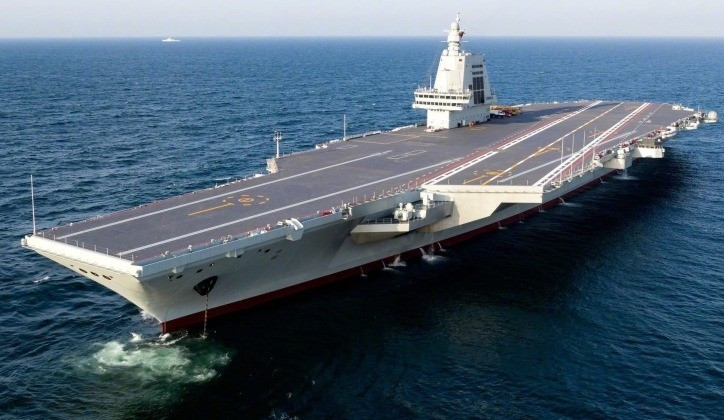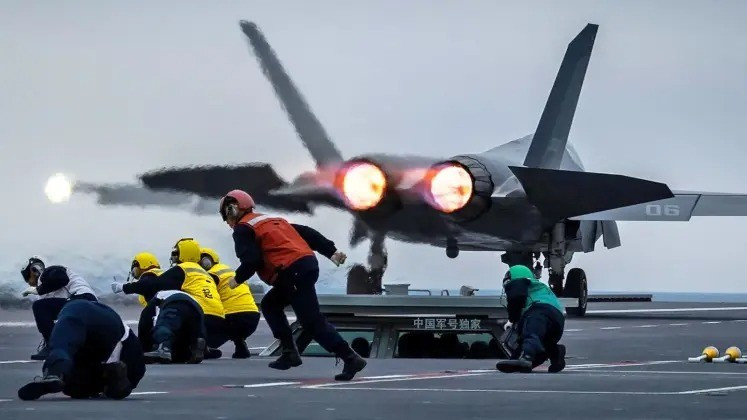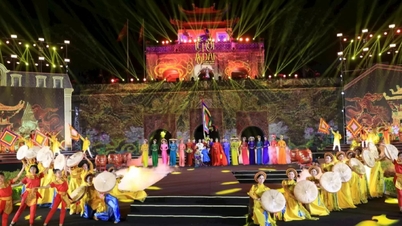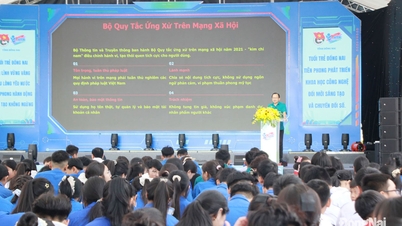Satellite images taken at the Dalian shipyard in northeastern China show significant progress in the early stages of construction of the country's next-generation aircraft carrier – expected to be the world's largest warship.

China has now completed three aircraft carriers capable of deploying fixed-wing aircraft, the most notable of which is the super-large aircraft carrier Fujian – laid down in 2015 and launched in June 2022. With a displacement of about 80,000 tons, Fujian is the largest warship in the world outside the US Navy and the only super-aircraft carrier not belonging to the US.
Nevertheless, the ship is said to be unique in its class, and a successor is being developed as part of the Type 004 program, with an expected displacement of 110,000–120,000 tonnes – enough to make it the largest warship ever built.

The latest images show that the hull module assembly has begun in Dalian, coinciding with the completion of Fujian's sea trials. Many sources believe that the new aircraft carrier will be nuclear-powered, after reports in late 2024 confirmed that China was building a prototype nuclear reactor on land near the city of Leshan to power its surface ships.
If true, nuclear propulsion would give the new supercarrier the ability to operate long distances at sea, without relying on refueling, and maintain a stable high speed for long periods of time - far beyond the limits of conventionally powered ships like the Fujian.

Currently, only a handful of surface ships in the world use nuclear power, including 11 US supercarriers, the French Charles de Gaulle, and two Russian Kirov-class cruisers. Despite their many advantages, the extremely high cost of building and operating these ships has led analysts to question the economic efficiency of China developing a nuclear supercarrier – especially if it operates mainly in the Western Pacific region.
However, the expansion of naval operations across the Pacific , even closer to US shores, along with the threat to Chinese trade and shipping routes in the Arctic and Southeast Asia, are compelling reasons to invest in this type of long-range warship.

In recent years, China’s aircraft carrier program has made great strides. Not only is it the first country other than the United States to integrate the electromagnetic launch system (EMALS) onto the Fujian, but it has also deployed the world’s most powerful naval air fleet, including J-35 and J-15T fighters, J-15D electronic warfare aircraft, and KJ-600 early warning aircraft. These aircraft are expected to continue to be equipped on the new supercarrier, even in greater numbers.
China is also expected to introduce its first sixth-generation fighter in the early 2030s – several years ahead of other major powers. So it is entirely possible that the Type 004 aircraft carrier will be equipped with sixth-generation fighters as early as the middle of the next decade, opening a new era for Chinese naval power.
Source: https://khoahocdoisong.vn/tau-san-bay-lon-nhat-the-gioi-trung-quoc-che-tao-he-lo-nang-luc-vuot-troi-post2149065259.html




![[Photo] Prime Minister Pham Minh Chinh chairs the second meeting of the Steering Committee on private economic development.](https://vphoto.vietnam.vn/thumb/1200x675/vietnam/resource/IMAGE/2025/11/01/1762006716873_dsc-9145-jpg.webp)


































































































Comment (0)